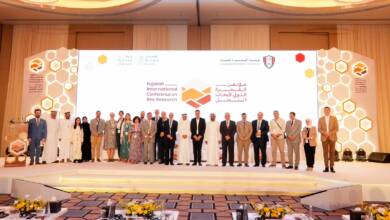UAE Stories and Cultural Learning: Non-Verbal Communication

The United Arab Emirates is an exceptionally diverse country. Most of the population is made up of foreign workers, so it is likely to encounter many different cultures. Every culture communicates differently amongst each other; sometimes, cross-cultural interactions can be complicated because of the different meanings people from various cultural backgrounds attach to object and actions.
These differences play a central role in communicating with others; the use of personal space, voice, touching, eye contact, gestures, body movements, appearance, and facial expressions can make a huge difference if misused. There are few guidelines to learn for a better understanding of the Emirati communication style: Rules for appropriate behavior should not be broken, respect and face-saving are crucial. Emiratis use a lot of indirect communication implying what is meant; that’s why reading between the lines is mandatory. In the Middle East, personal interactions depend on the nature of the relationship, it is necessary to be always aware of personal and social status of people involved in a conversation.
In general, people from English-speaking Western countries speak in a direct way, messages are delivered precisely using effective and clear words.
In other cultures, including the Arab world, communication is definitely less direct, and great importance is given to gestures, hints and manners. Words are chosen very carefully as they shape impressions suggesting expectations and moods. The real message of a conversation can be unspoken but equally delivered through voice tone, eye contact and body language. Sometimes, being polite is considered more important than providing a clear message.
There are many nonverbal communications that Emiratis do in public situations: Persons of same gender may kiss each other on the cheeks, and this means friendship; greeting someone with sincerity placing one hand on the chest is a sign of deep respect and humility toward the spoke person. It is considered inappropriate for men to touch, look at, or stand too close to a female.
Being polite and good-mannered implies a lot of nonverbal communication too: The left hand should never be used for greetings or eating; crossing one leg and pointing the bottom of the foot at someone is considered distasteful and offensive in many Arab countries. Arabs place great value on hospitality, so if food or drinks are offered it is considered very rude to refuse.
Among some of the golden cross-cultural rules in establishing positive relationships amongst people, who hold different understanding, are to keep an open mind, remain polite, being genuine in relationships and respectful at all times, letting mutual confidence develop exercising empathy.
Article from the Book: UAE 101 Stories and Cultural Learnings
A guide book to the Emirati culture – Roudha Al Marri/ Ilaria Caielli




